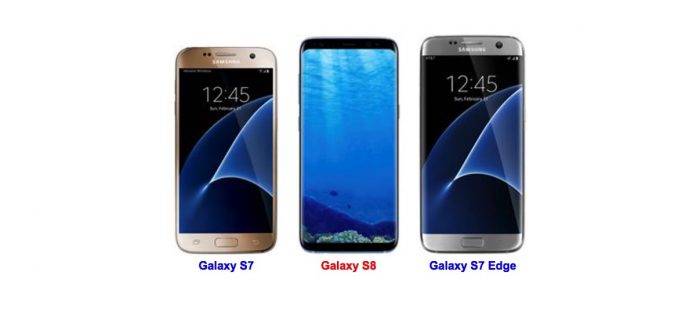
After the Galaxy Note 7 debacle which started last year when consumers began complaining about overheating and battery explosions, here is Samsung again showing off the Galaxy S8. The premium flagship smartphone by the South Korea tech giant has arrived with a bigger variant, the Galaxy S8+, and we’re very much interested if skipping the MWC event for further QA testing resulted to something good.
Looks like Samsung is more than ready this time as we figured during the Unpacked 2017 event last week. However, the real test happens once the phones are out in the market and on the hands of the consumers already. We’re not expecting reports of explosions now but to be sure, we’ll wait for a few weeks.
So far, we only have our hands-on report. There’s no durability or stress test done yet because the phone isn’t released on the market. What we’ve been seeing are new discoveries about what could have been found on the Galaxy S8 like the dual camera setup. We’ve also discovered that the phone does not work on the Galaxy S8, facial recognition feature has been compromised with a photo, and that there are more biometric security features. We’re expecting to uncover more special features but for now, we’ll focus on the device’s display.
Flagship phones from Samsung undoubtedly have the best display screens. This year is no different as both the Galaxy S8 and Galaxy S8+ use the latest Flexible OLED Displays. Phones also boast of a Full Display Screen design for the almost bezel-less look. The Infinity Display is one of the main highlights of the Galaxy S8 duo. It shows a bigger display, extending whatever you can do with the larger view.
The hardware of the OLED display has been improved. The display functions and features have been optimized but we have yet to know how useful they really are. The dual-edge curved screen Flexible OLED Display is covered by an outer hard cover glass. The “edges” are the edge screen areas that can be viewed and customized. The phones also have the Always-On Display mode so you can view some important information quickly without having to unlock the screen.
DisplayMate has recently published a comprehensive analysis of the Samsung Galaxy S8’s OLED display. It’s definitely stunning but we’re interested to know more about the performance as tested inside a lab. There is more to it than just what we can see on the surface. For the past few years, DisplayMate Technologies has been conducting tests and analysis of OLED display such as those from Samsung Galaxy phones. The group did the same for the Note 7 and the Note 5.
The new Samsung Galaxy S8 is said to be the first OLED smartphone to have a Full Screen Display. According to DisplayMate, the Galaxy S8’s display is the “most innovative and high performance smartphone display” they have ever tested. It received an A+ grade which is the highest so far.
Here are some highlights of the DisplayMate’s lab test results:
• The phone features a 3K higher resolution. The 2960 x 1440 display is impressive, filling the front face of the phone. This also includes the edge-to-edge area already. Aspect ratio is 18.5:9 for the 5.8-inch screen.
• The Galaxy S8 boasts of the same color gamut used in 4K TVs. The 100% DCI-P3 Color Gamut is accurate.
• Device has been certified by the UHD Alliance for Mobile HDR Premium which means it can handle videos supposedly for 4K UHD Premium TVs.
• The Galaxy S8’s Native Color Gamut is larger– 113% of DCI-P3 and 142% of sRGB / Rec.709 Gamuts
• Record Peak Brightness of over 1,000 nits.
• Compared to the old Galaxy S7 and S7 Edge, the S8 and S8+ screens are taller. The S7 duo’s display is at 2.5K 2560 x 1440 resolution while the S8 pair has higher res at almost 3K (2960 x 1440).
Read the complete Samsung Galaxy S8 OLED Display Technology Shoot-Out HERE.
SOURCE: DisplayMate









